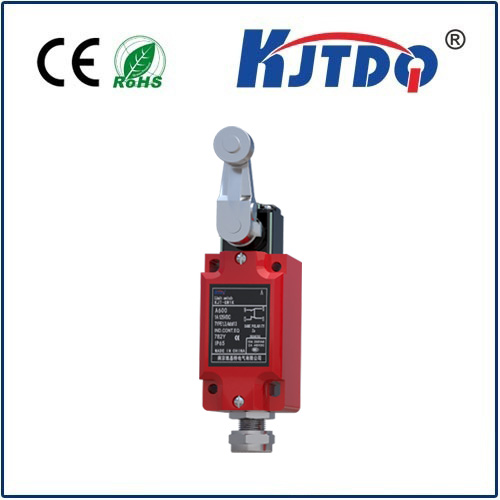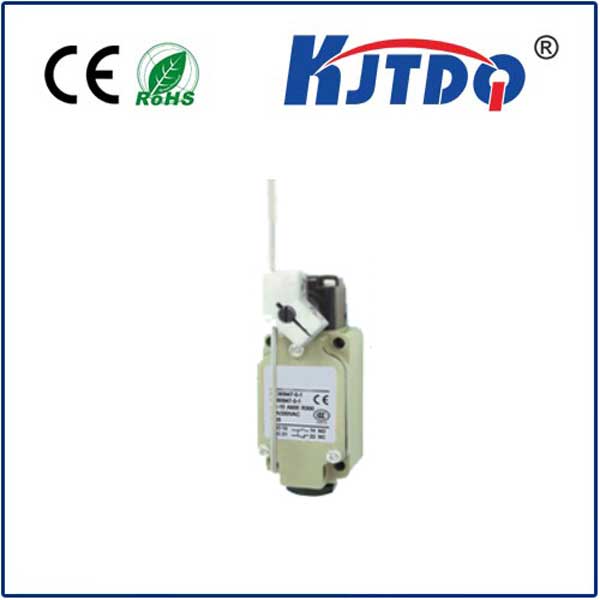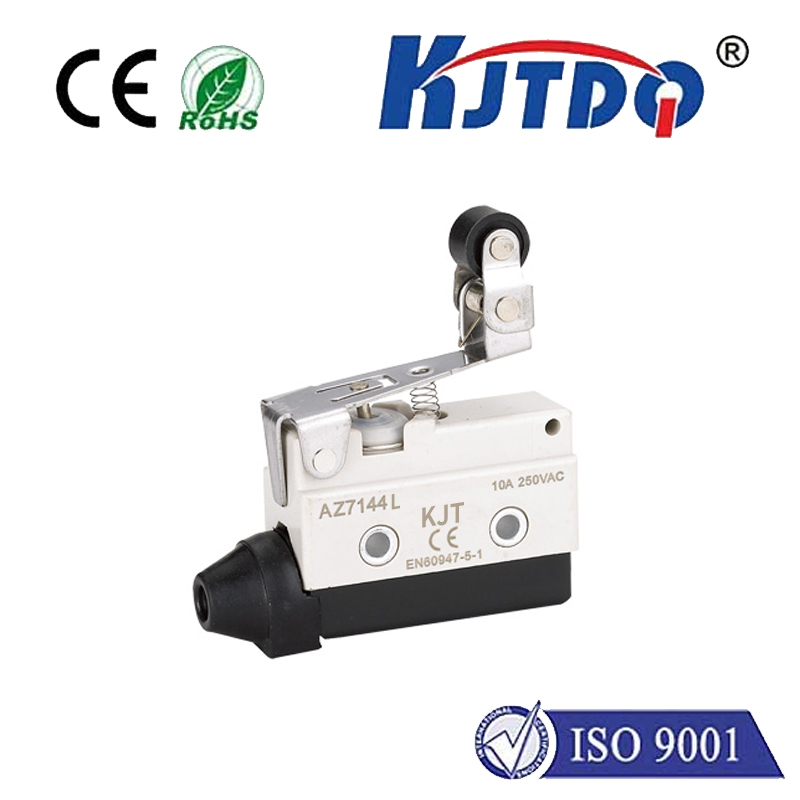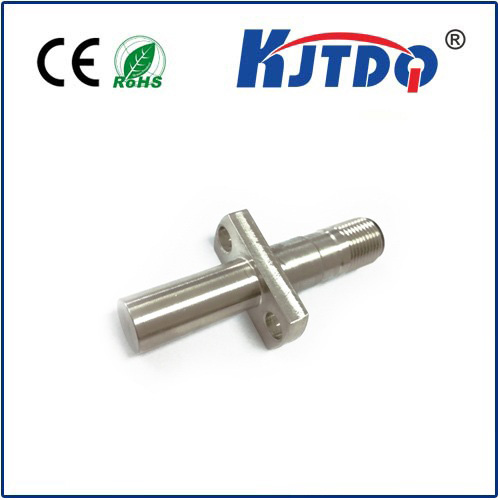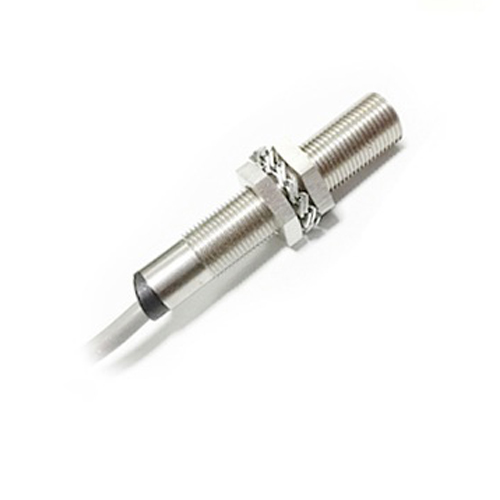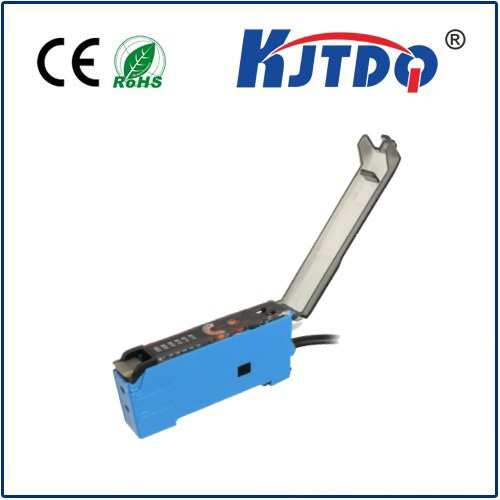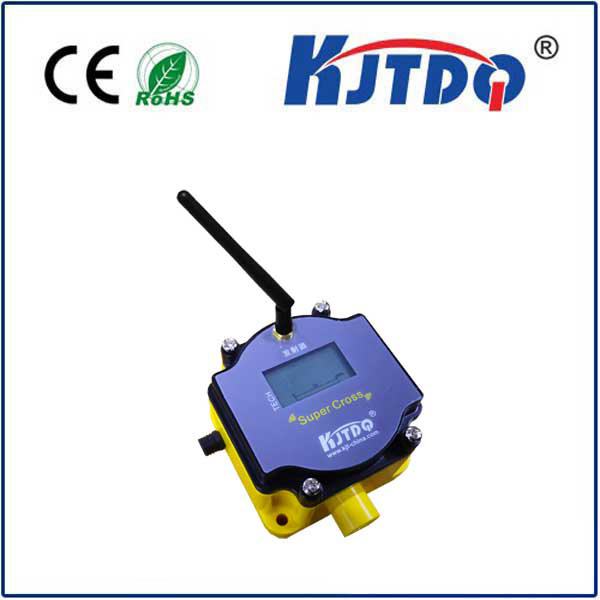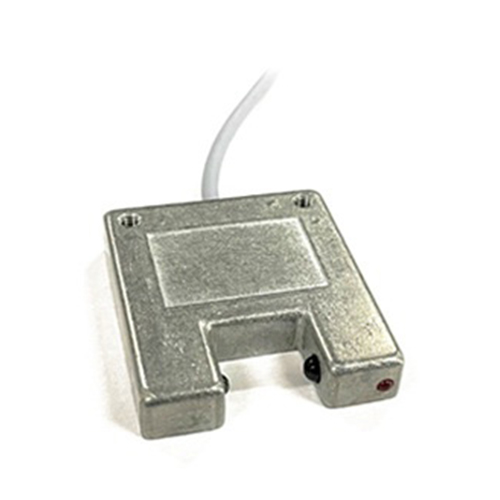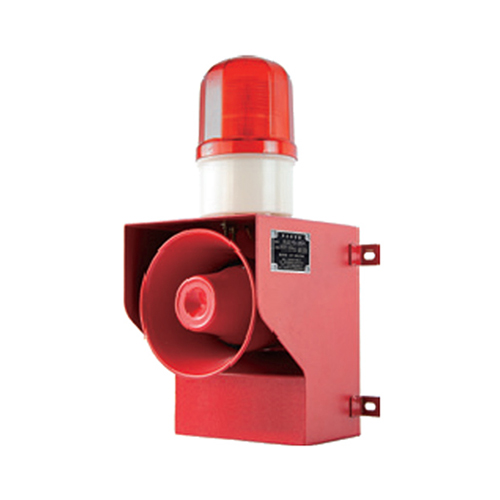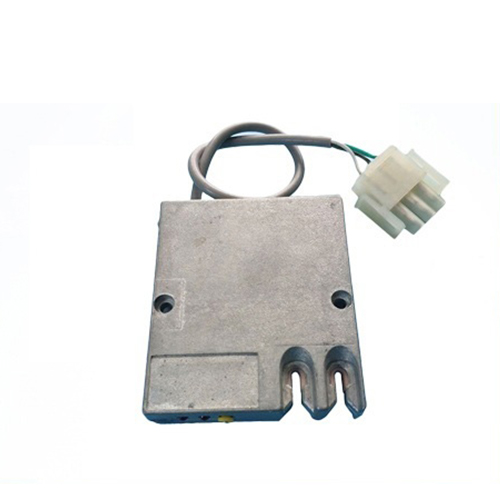

check

check

check

check

check

check

check

check

check

check
Imagine a component so fundamental to modern life that it silently operates in your smartphone’s ambient light sensor, ensures precise data reading from fiber optic cables delivering your internet, guards industrial workers with safety light curtains, and even helps doctors monitor your blood oxygen levels. This ubiquitous yet often unseen hero is the photodiode sensor. Far more than just a simple light detector, these optoelectronic devices form the backbone of countless applications where converting light into an electrical signal is paramount. Understanding how they work and where they excel reveals their indispensable role in our technologically driven world.
At the Heart of Light Detection: The Photodiode Principle
Photodiode sensors are semiconductor devices specifically engineered to generate current or voltage when exposed to light. Their operation hinges on the photoelectric effect. When photons (light particles) with sufficient energy strike the semiconductor material within the photodiode, they can transfer their energy to electrons. This energy boost allows the electrons to break free from their atomic bonds, creating mobile charge carriers – electron-hole pairs.
A critical element within a photodiode is its PN junction. This junction inherently possesses a depletion region – an area devoid of free charge carriers under no bias. When light strikes this region, the generated electron-hole pairs are swiftly separated by the junction’s built-in electric field. Electrons are swept towards the N-side, and holes towards the P-side, resulting in a flow of current through an external circuit. This generated photocurrent is directly proportional to the intensity of the incident light, making photodiodes superb tools for measurement and detection.

Key Characteristics Defining Performance
Choosing the right photodiode sensor hinges on understanding several critical parameters:
Ubiquitous Applications: Where Photodiode Sensors Shine
The unique capabilities of photodiode sensors translate into an astonishingly wide range of applications:
Selecting the Right Photodiode Sensor: Key Considerations
Navigating the options requires careful thought:
The Future: Evolving Sensitivity and Speed
Photodiode sensor technology continues to advance. Research focuses on enhancing quantum efficiency (generating more electrons per photon), reducing dark current at higher temperatures, and pushing response times into the femtosecond regime. Avalanche Photodiodes (APDs), which provide internal gain through impact ionization, offer much higher sensitivity for ultra-low-light applications, albeit with more complex biasing and temperature management. Integration with microelectronics and novel materials like perovskites also promises smaller, smarter, and even more capable light-sensing systems for emerging fields like quantum sensing and next-generation imaging.
Photodiode sensors, through their elegant exploitation of light-matter interaction, provide a vital link between the optical and electronic worlds. Their blend of speed, sensitivity, and reliability makes them indispensable across a breathtaking spectrum of technologies, quietly enabling the functionality and safety we often take for granted in our daily lives and cutting-edge industries. As demands for faster communication, smarter automation, and more precise sensing grow, these light-sensing powerhouses will undoubtedly remain at the forefront, evolving to meet the challenges of tomorrow.
